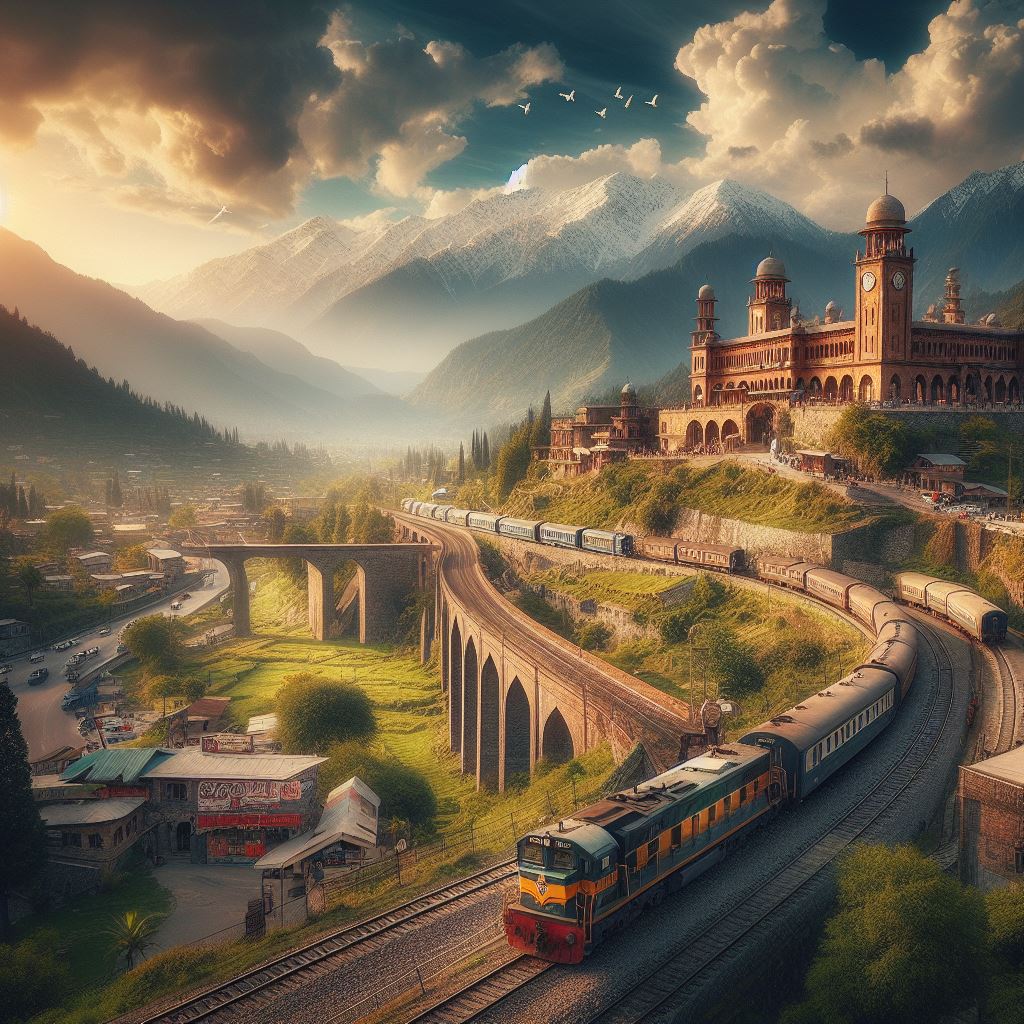Nestled in the heart of Pakistan’s Khyber Pakhtunkhwa province lies Abbottabad, a city renowned for its breathtaking beauty and historical significance. Last month, this charming locale drew nearly 900,000 visitors, captivated by its allure and the promise of an adventure that feels like stepping into a new world.

Abbottabad: A City Steeped in History
The foundations of Abbottabad were laid during the British Raj, establishing it as a cantonment far removed from the coastal city of Surat. At an elevation of 4,120 feet and just 101 kilometers from Rawalpindi, Abbottabad is a refreshing retreat from the hustle and bustle of city life.

The Heart of the Hazara Region
Comprising two tehsils, Abbottabad and Havelian, the city serves as a crucial junction for travelers heading to the northern areas of Pakistan. The famous Karakoram Highway, which starts in Haripur, runs through the district, connecting it to lush green destinations like Muzaffarabad, Hunza, Gilgit, and Skardu.

Havelian: The Last Railway Station
One of Abbottabad’s unique features is the Havelian Railway Station, the last stop on Pakistan’s railway line. Established around 1913, this station sits 859 meters above sea level and marks the end of the Texila-Havelian branch line. Despite the absence of a railway system beyond this point, the station’s historical charm continues to fascinate visitors from around the globe.
A Gateway to the North
Abbottabad’s strategic location on the N35 highway not only makes it a hub for travelers but also a witness to the passage of countless journeys across the country. Yet, many remain unaware of the historical significance of the Havelian Railway Station, a testament to the city’s rich past and its role in shaping the region’s future.

The Evolution of Railways in Pakistan: Bridging Borders and Building Futures
Pakistan’s railway system, a legacy of the British Raj, is on the brink of a transformative leap. The Rawalpindi railway station, part of the ML (Main Line) and Railways division, is set to undergo significant upgrades. This station, a pivotal point on the main railway line connecting Karachi to Peshawar, is now being modernized under the ambitious CPEC (China-Pakistan Economic Corridor) initiative.

Havelian: The Last Stop Before a New Beginning
The quaint town of Havelian, located in the Haripur area of Khyber Pakhtunkhwa, is home to the last railway station on the ML-1 line. This station, which has been a silent witness to history, is now gearing up to become a cornerstone of the CPEC project. With plans to establish a dry port here, Havelian is poised to become a key player in the movement of goods between Pakistan and China.
A Dry Port with Global Aspirations
The Havelian Dry Port is more than just a terminal; it’s a vision for the future. Estimated to cost around $40 million, this project aims to handle an initial capacity of 2 million tons of cargo annually, with plans for expansion. The port will serve as a hub for goods coming from China, ready to be transported to Karachi and beyond. It’s a strategic move that will not only facilitate trade with China but also enhance Pakistan’s position in global trade networks.

Connecting Continents: The Karakoram Route
The Karakoram Highway, which snakes through the district, is not just a road; it’s a lifeline that connects Pakistan to China and the wider world. The highway and the railway, together, are set to redefine the region’s logistics landscape. The Havelian Dry Port will leverage this connectivity, offering a streamlined path for cargo traffic and setting the stage for a high-speed, high-capacity transportation system.
The Journey Ahead
As the railway line extends from Havelian towards the Khunjerab Pass, it’s not just about connecting points on a map. It’s about creating opportunities, fostering development, and knitting a network of progress. The feasibility studies, the meticulous planning, and the international collaborations—all are steps towards a future where Pakistan’s railways are not just a mode of transport but a gateway to prosperity.

